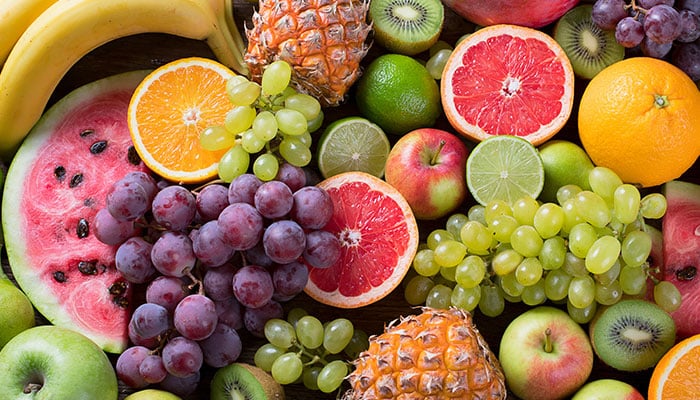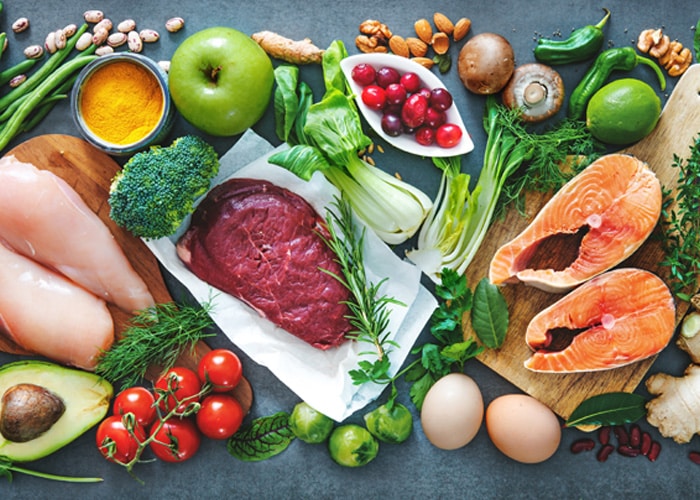
Article réservé aux abonnés


In 2015, ANSES was asked by the Directorate General for Food (DGAL), the Directorate General for Competition, Consumer Affairs and Fraud Control (DGCCRF) and the Directorate General for Health (DGS) for the following expertise: "optimisation of plans for monitoring and official controls of chemical contamination of foodstuffs at all stages of the food chain (excluding animal feed and water)". It has just published its opinion at the end of December.
Concerning regulated combinations, the recommendations show that the current monitoring system is still relevant and well suited to dealing with health and regulatory issues in 74.3%, i.e. nearly 3/4 of the situations examined. It needs to be improved in 16.8% of cases, in particular for products identified as non-compliant in relation to the regulations (13.3%). The relevance of maintaining the regulations should be examined in 8.8% of cases.
It is recommended to monitor the following substance/matrix combinations :
- Certain MTEs (lead) in alcoholic beverages.
- Certain mycotoxins (Aflatoxins) in "legumes, nuts and oilseeds",
- Certain neoformed compounds (Acrylamide) in the categories "snacks, desserts and other foods", "starchy roots and tubers", "cereals and cereal products" and "infant and young child feeding",
- Nitrate in "vegetables and vegetable products",
- Perchlorate in "vegetables and vegetable products" and "fruit and fruit products".
- Certain VOCs (cadmium, total mercury, lead) in "fish and seafood" and "vegetables and vegetable products".
- Certain mycotoxins (trichothecenes) in "cereals and cereal products" and "foods for infants and young children".
- PCB-PCDD/Fs in "fats of animal and vegetable origin" and in "food for infants and young children"
It is recommended that the system be streamlined :
- For inorganic tin in "seafood" for PAHs in "sugars and confectionery", "products for special nutritional purposes", "vegetables and vegetable products" and "herbs and condiments",
- For some mycotoxins (fumonisins, zearalenone) in "snacks, desserts and other foods".
With regard to unregulated substance/matrix combinations, it seems necessary to consider reducing monitoring measures for 2/3 of the combinations concerned. Conversely, it is recommended to concentrate efforts on the 26.1% of unregulated combinations which pose a risk to health and for whom it is therefore necessary to increase surveillance.
Possible regulation should be considered for the following unregulated combinations :
- PCB-DL-PCDD/F in "meat and meat products".
- Phytotoxins in "legumes, nuts and oilseeds".
- Some trace elements in "meat and meat products", "sugars and confectionery", "fish and seafood", "vegetables and vegetable products", "fruit and vegetable juices", "fruits and fruit products", "grains and grain products", "infant and young child feeding",
- Mycotoxins in "grain and grain products",
- Certain perfluorinated compounds in "meat and meat products", "fish and seafood", "eggs and egg products" and "milk and milk products".




